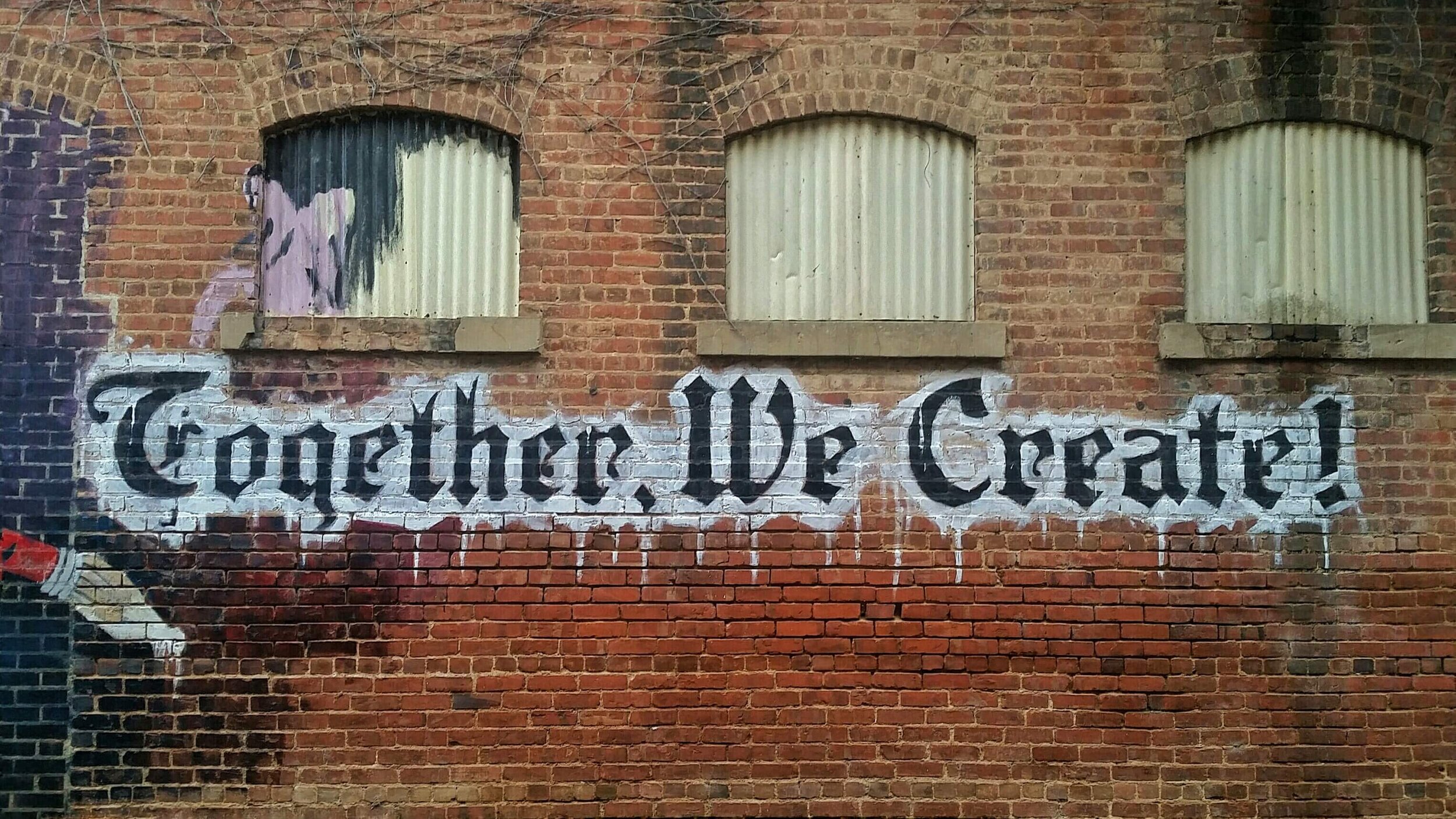You know you should be reaching out to your audience on a regular basis, but you’re just not sure what to say.
It’s a common problem, and one I get asked about a lot. Whether it’s through emails, blog posts, social media, or other formats, coming up with a constant stream of topics can be daunting, especially with everything else on your plate as the leader of a nonprofit or social impact company.
So, where can you find inspiration at any given moment—especially when you’re not feeling it?
Surprisingly, content ideas can come from just about anywhere, if you know where to look.
Let’s talk about 12 questions you can ask yourself the next time you need to create content for your cause.
Creating Content and Content Marketing
Before we get to the questions, let’s quickly discuss content marketing. Part of my job here on this blog is to educate nonprofits and social enterprises about the best ways to get the word out about their mission, and that includes timely marketing tactics.
Content marketing has made a huge splash over the past decade, and it's only gaining ground.
If you aren't familiar with the term, content marketing is defined by the Content Marketing Institute as, "a strategic marketing approach focused on creating and distributing valuable, relevant, and consistent content to attract and retain a clearly-defined audience—and, ultimately, to drive profitable customer action. Instead of pitching your products or services, you are providing truly relevant and useful content to your prospects and customers to help them solve their issues."
This is the reason you see more and more organizations of all sizes utilizing social media, blogs, webinars, podcasts, Pinterest, and the like. These mediums for "giving away" free content do not hurt revenue, and only help to spread the word about your organization. They also help build credibility as well as a relationship with fans. If you haven't jumped on the content marketing bandwagon, you'd be wise to not only consider it, but start the implementation process soon.
The Challenge of Creating Content
As previously mentioned, one of the biggest challenges to content marketing is creating a steady stream of, well, content. Some days it can feel like inspiration rains from the heavens, while other days are more drought-like.
So, if you need a springboard, or think your supply is running a little short, below are some questions to get you started.
CLIENT, CUSTOMER, OR BENEFICIARY INSPIRATION
Think about the people who benefit from your mission and work, who donate to you, or who make a purchase from you. There are often common questions and themes that come up over and over again, meaning the rest of your audience would be interested in the subject as well.
What questions have they asked?
What problem or need are you trying to solve for them?
What case studies can you share that others can learn from?
INDUSTRY OR FOCUS AREA INSPIRATION
Your mission matters to your audience for a reason, and you are a leader in their eyes. Consider how you can continue to highlight the fact that you are a subject matter expert.
What are the latest trends?
What have you learned at recent events or conferences?
What are your online and in-person mentors discussing?
PEER INSPIRATION
None of us can know everything, and some of your best ideas may come from those around you. The people both inside and outside of your organization might just be the spark you’re looking for.
What relevant conversations are you having?
What questions have they asked regarding your expertise?
What do you see them doing that could help your customers, beneficiaries, or fans?
POP CULTURE OR CURRENT EVENT INSPIRATION
Everyone loves a pop culture reference, and it can help bring out the fun side or personality of your nonprofit or social enterprise. Alternatively, your cause may be highlighted in the news, making it more timely than ever.
What movies or TV shows have sparked ideas or lessons for your organization?
What is everyone reading or listening to right now that reminds you of your work?
What current event is happening at this moment that makes your mission more relevant than ever?
As you see, inspiration can come from practically anywhere. Pretty soon, you'll start to recognize it in all its forms. And because information changes, your knowledge base expands, and perspectives shift, you can come back to these questions again and again.
A reminder: Make sure you have a system handy for writing down ideas when they pop in your head so that you have them ready to go in the future. And a tip for writing—do it when the mood strikes, and write as much as you can, even if it’s just bullets to start. Get ahead, if possible, for when you are low on time or your creativity is more tapped out. You’ll be glad you did!
Where do your content marketing ideas come from? Please share in the comments!
PIN THIS POST FOR LATER:
I’m Kristi Porter, and I help cause-focused organizations understand and execute effective marketing campaigns so they can move from stressed to strategic. Your resources may be limited, but your potential isn’t. Whether you’re a nonprofit, social enterprise, or small business who wants to give back, I’ll show you how to have a bigger impact.
























































